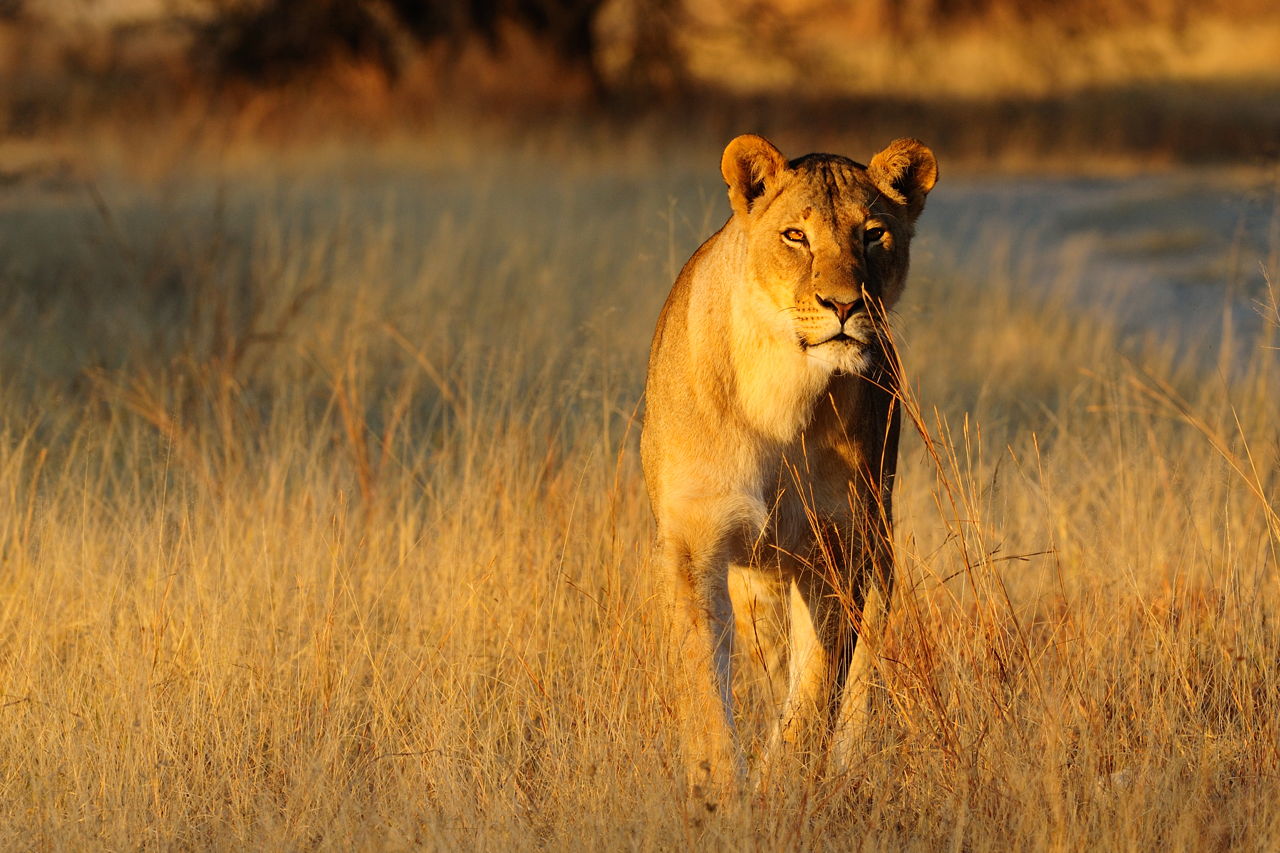Grassland Animal Adaptations Examples

Examples of physical adaptations the thickness of an animals fur helps them to survive in cold environments.
Grassland animal adaptations examples. Large numbers of birds grazing mammals reptiles insects and predators live throughout the grasslands of the world. Behaviors that animals are born knowing how to do are instincts. Studies have also revealed that the digestive system of a bison and other herbivorous species is adapted for the digestion of grass.
A lion preying upon a zebra and a bird building a nest are examples of instincts. Each group of animals has its own general adaptations. No matter which continent grasslands support a wide variety of animal life.
The shape of a birds beak helps them to eat food as well as make nests. Camels long leg eyelids hump are all examples of adaptation. These are the only ones I.
Animal adaptations in a grassland are often based around grass itself. A good example of an animal adaptation is the way in which an animal moves from one place to another. Camouflage mimicry and animals body parts and coverings are physical adaptations.
The expansive grassy plains and prairies provide unique environments in which animals must survive. Those that adapt to grassland habitats tend to glide a few feet over the ground before diving onto located prey. Plant Adaptations in the Grasslands Biome Plants have many adaptations to survive the Grasslands Biome.
The barn owl Tyto alba provides a great example of this phenomenon though they still tend to roost and nest in covered locations. Camouflage in Nature She lays down in the grass and disappears. These bovine animals sport flat-topped teeth which makes it easier for them to feed on grass.



















